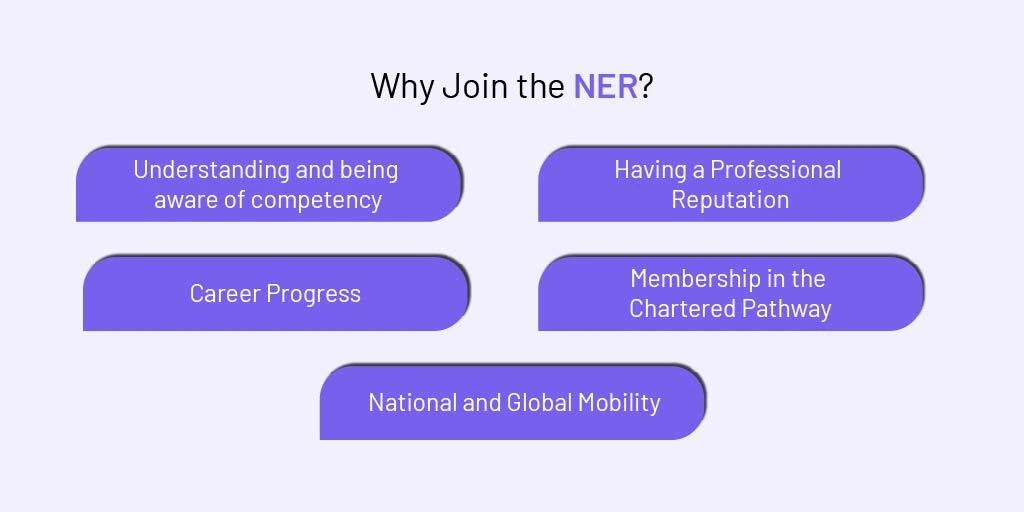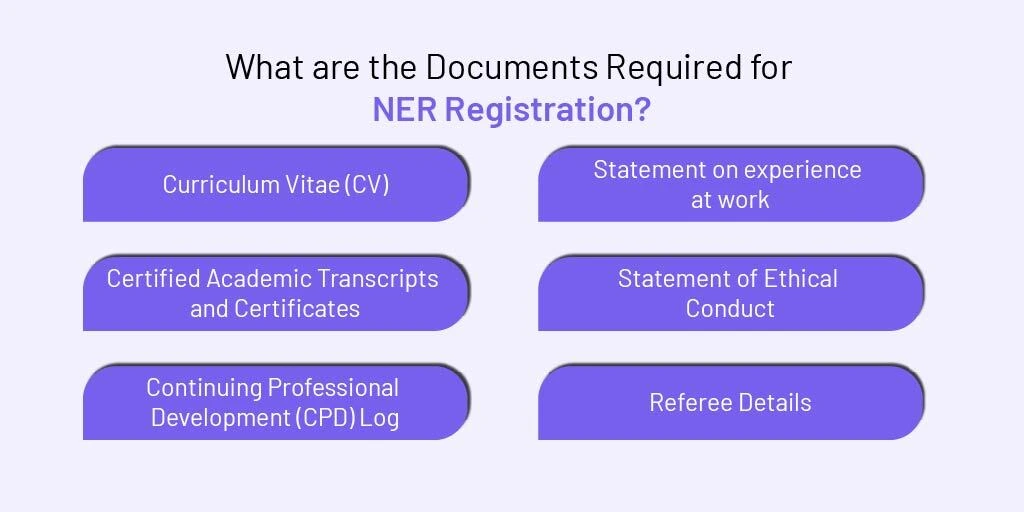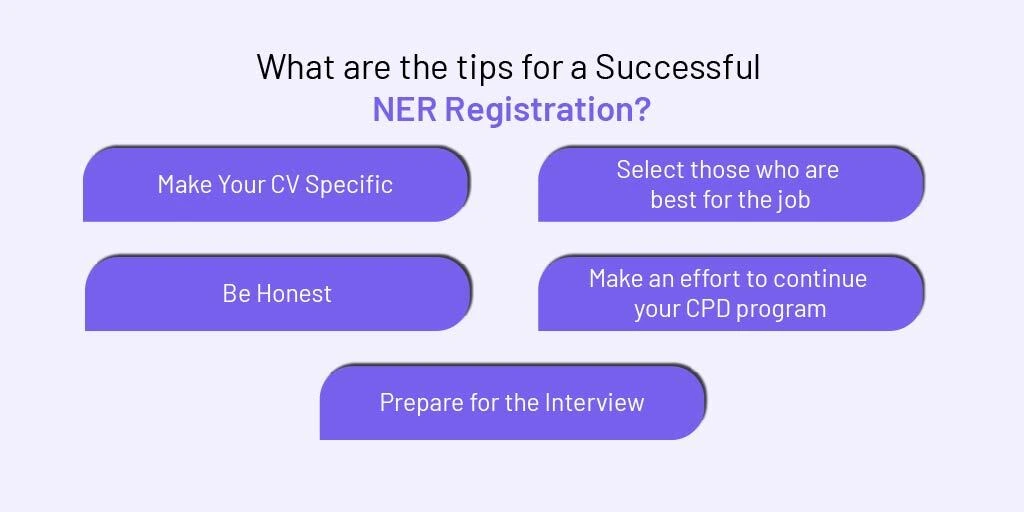Engineers in Australia are expected to display more competence, professional character and integrity. Registering with NER will increase your career opportunities, no matter if you are an expert, a recent graduate or an overseas engineer. What is the NER and what makes it so vital?
Here, we will outline the National Engineering Register’s meaning, why it is significant, its requirements, advantages, application procedure, and connections to skilled migration and improved professional opportunities in Australia.
🔑 Key Highlights
- When you are included on the National Engineering Register, your engineering skills, ethics and verified qualifications are recognized in Australia.
- Being listed on the National Engineering Register leads to major career opportunities that involve senior work, government projects and honors outside of Australia.
- Signing up at the National Engineering Register supports your pathway to becoming a Chartered Professional Engineer (CPEng) with Engineers Australia.
- Your name being on the National Engineering Register gives you recognition in Australia as well as abroad, making it simpler to find employment overseas.
What is the National Engineering Register?
Engineers in Australia rely on the National Engineering Register (NER), which is managed by Engineers Australia (EA). It provides a list of engineers who have met the highest standards for qualifications, ethics and commitment to their careers. If you have just graduated or you are an experienced professional, being listed on the NER improves your reputation at work, increases your employment options, and adds value to your achievements globally.
Its goal is to:
- Ensure confidence in the services provided by the engineer
- Be aware of skilled and ethical engineers.
- Increase your reputation as a professional
- Ensure easy movement within Australia and to other parts of the world
Any professional engineer, Engineering Technologist or engineering associate who meets the eligibility criteria can register with the IEEE.
Why Join the NER?

You should join the NER for the following ways:
1. Understanding and being aware of competency
Registering on the NER proves that you are qualified to practice engineering in Australia. It means that you have the proper level of education, experience, ethics and tend to develop your skills further. It allows employers, clients and regulatory authorities to believe you can work alone and fulfill your duties as an engineer.
2. Having a Professional Reputation
Being part of the NER increases how credible you are in your field. It indicates that you are a trustworthy and certified engineer following the guidelines and ethics in your field. Due to this recognition, you may gain a better reputation among colleagues, clients and potential employers, helping you stand apart from others in the job or consulting field.
3. Career Progress
Being registered on the NER database can increase your chances of moving forward with your career. Numerous government schemes, important engineering roles and top positions often ask for engineers who have NER registration. This certificate could make you more likely to be considered for higher positions in your industry or workplace.
4. Membership in the Chartered Pathway
The NER gives you the opportunity to become a Chartered Professional Engineer (CPEng) under Engineers Australia. When you’re registered with the NER, you have more opportunities to become a chartered engineer by being evaluated on your work and leadership skills. Using the NER is a simple way to prepare for your application to become a chartered accountant.
5. National and Global Mobility
When a person is registered with NER, it is easier for them to work in other countries. Because Australian qualifications are recognised everywhere, it is simple for workers to move to other states and territories. By forming alliances with international engineering organisations, engineers who hold NER certification can become recognised overseas.
What are the Eligibility Criteria for NER Registration?

Before you can register on the NER, you must meet certain criteria.
1. Education Qualifications
Only engineers with qualifications that are accredited or matched by Engineers Australia can apply to be on the National Engineering Register (NER). As a result, you have the key knowledge required to handle your engineering job successfully. You must get your overseas degree assessed by Engineers Australia to confirm it is valid in Australia.
2. Work Experience
A person applying should have at least five years of engineering work experience that is not older than ten years. The experience you choose to discuss ought to be part of your selected area of practice and show how you apply engineering judgement and skills in practice. Your work should display moving to more serious, complex and independent tasks, demonstrating your ability to work as a professional.
3. Adherence to Ethics
As part of Engineers Australia, you must strive to act with integrity, exhibit responsibility, show respect and be genuine, as encouraged by the Code of Ethics. This helps you behave professionally and ethically while working as an engineer. By observing these ethical rules, the police keep the community safe and protect the public’s trust.
4. Continuing Professional Development (CPD)
You should log at least 150 hours of CPD in the last three years to be eligible for NER. Activities for CPD might be taking part in courses, joining seminars and workshops or mentoring individuals. The idea is to regularly update your skills and knowledge along with new regulations, advancements in technology and best practices.
What are the Documents Required for NER Registration?

The required documents for NER Registration are as follows:
1. Curriculum Vitae (CV)
It is important to make your CV clear and to showcase your experience in engineering. You should specify your past employers, your responsibilities, the key engineering endeavours you’ve been involved in and the period you worked there for each job. You should demonstrate how skilled you are, how you make decisions as an engineer and illustrate your accomplishments on the job. A properly organised CV helps assessors understand your past jobs and qualifications.
2. Certified Academic Transcripts and Certificates
A certified copy of your engineering diploma(s) and transcripts is required. They demonstrate your academic achievements and are necessary to prove that you adhere to the academic qualifications set by Engineers Australia. If your education was in another country, your academic achievement must be evaluated against the standards used in Australia.
3. Statement on experience at work
It details your experience as a professional engineer. It needs to go over your job duties, the projects you worked on, the challenges encountered and the achievements made. The statement needs to prove that you have more than five years of practice in engineering and should explain how you made use of technical skills in different real-life projects. Adding more responsibility and complexity to your tasks is important as well.
4. Continuing Professional Development (CPD) Log
A CPD log is used to keep a record of your activities aimed at developing your engineering knowledge and skills. It is necessary to complete at least 150 hours of CPD in the previous three years. You can participate in seminars, workshops, training events, and conferences and mentor others. Record in the log the date and go on to fill in how long you practised, what you did and what you discovered from it.
5. Statement of Ethical Conduct
This is a statement that confirms you agree with Engineers Australia’s Code of Ethics. By turning in this document, you agree to behave honestly, sincerely and professionally in your work as an engineer. As a member of the engineering field, ethics are important and your words prove your dedication to them.
6. Referee Details
You are required to list and provide the contact information of two referees who have knowledge of your engineering background. These people should be allowed to confirm your abilities, work experience and behaviour in the workplace. Having people who can review your engineering skills and speak to them face-to-face is usually best. Your referees may receive a call or email from Engineers Australia about the truthfulness of your application.
What are the tips for a Successful NER Registration?

The tips for a successful NER registration are as follows:
1. Make Your CV Specific
Make sure your CV shows your engineering-related duties and achievements. Identify the significant skills, major assignments and main responsibilities you had in all your previous jobs. You should make sure that your background in engineering is relevant to the practice you have selected to nominate. When your CV is well organised and keeps to the point, it makes your registration much clearer for the assessors.
2. Be Honest
Integrity plays a key role in the process of applying for NER. Speak openly about what you have accomplished and avoid attempting to build your role up more than it truly is. Should Engineers Australia find any mismatched information through your referees, your application could be delayed or turned down. When you are transparent, it proves to others that you act ethically in your work.
3. Select those who are best for the job
Choose referees who have served as your supervisors or have been colleagues in engineering. They ought to understand your skills and work ethic and be able to prove it to those considering hiring you. Making the right choice for your referees adds truthfulness to your application and gives reliable evidence for your abilities.
4. Make an effort to continue your CPD program
Being an engineer means staying informed with the latest changes. Ensure you keep your CPD log current by listing workshops, webinars, short courses, technical reading or mentoring on it. CPD demonstrates that you are doing your best to follow new developments in your field.
5. Prepare for the Interview
If you are invited for a professional interview, take the opportunity to review your documents and be prepared to speak about what you do in engineering. Consider several of your projects, the choices you made, the problems you solved and the engineering principles you put to use. Be honest, confident and straightforward as you talk about your profession and the positive results you have achieved.
Conclusion
Registering on the NER can greatly support your engineering career in Australia. This shows that a person is competent, values morality and is dedicated to growing their skills. If you are interested in engineering, worked abroad as a professional or have experience as an engineer, NER certification can help you secure better work, rise to the global stage and earn recognition.
Though the procedure for applying looks demanding, you can handle it properly if you are well prepared and organised. First, arrange your portfolio, keep a record of your CPD and demonstrate your background effectively. With enough time and dedication, your name will be recognised on the National Engineering Register.
FAQs
1. How long does it take to get NER?
It usually takes 6 to 8 weeks after submitting a complete application.
2. What is the NER interview for Engineers Australia?
It’s a short interview to confirm your engineering experience, skills, and ethics for NER registration.
3. How to get NER engineers in Australia?
Apply through Engineers Australia, submit your qualifications, at least 5 years of experience, CPD record, and referee details, and pass the NER interview.
4. What is the difference between NER and CPEng?
NER confirms you’re qualified to practice independently.
A higher status that denotes advanced engineering leadership and expertise is CPEng.

